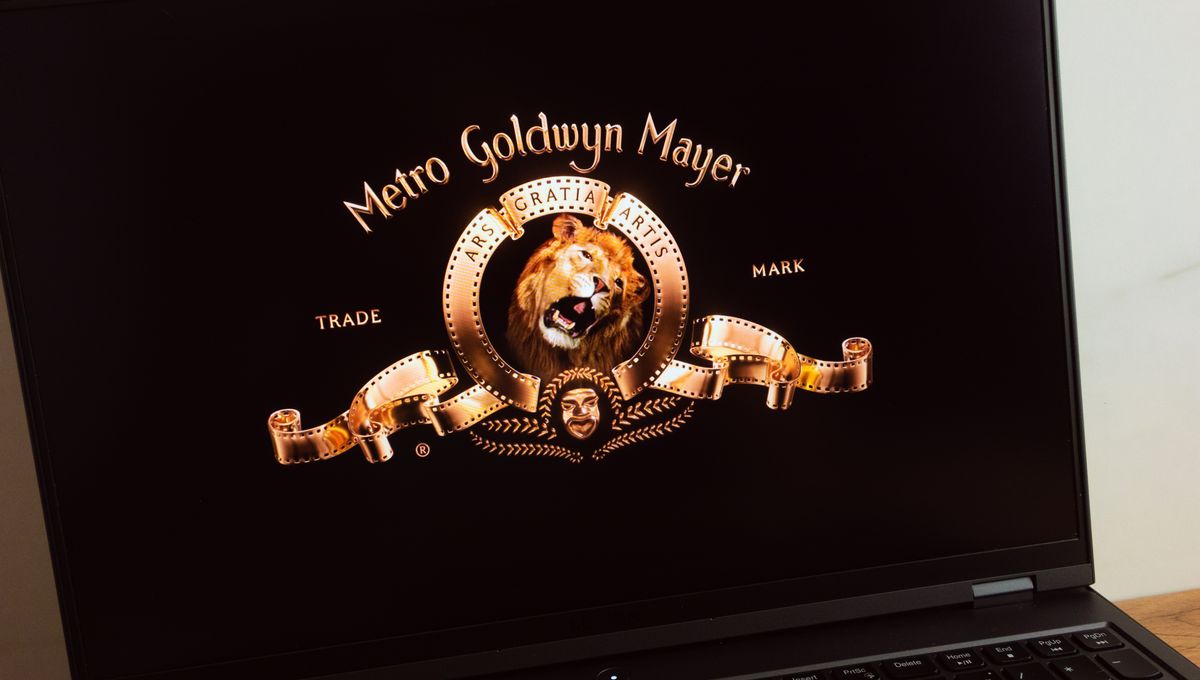
The roar of the lion is one of the most iconic sounds in the natural world – and Hollywood. The King of the Jungle’s primal scream has been burnt into the public imagination in no small part thanks to cinema’s most famous big cat, the MGM Lion, which appears before the title sequences of many big movies. There’s just one problem: that iconic roar isn’t actually a lion.
Leo the Lion is the mascot for the Hollywood film studio Metro-Goldwyn-Mayer (MGM). A handful of lions have been used for the scene since the company started using the big cat as their figurehead, but Leo is the beautiful beast who’s appeared at the start of almost every MGM film since 1957. In 2021, MGM switched towards using a CGI lion, but the digital double was largely based on the likeness of Leo.
In the 1980s, award-winning sound engineer Mark Mangini was tasked with rerecording the lion’s roar in a stereophonic format, hoping to make that legendary sound even crisper and richer.
However, he was struck with a pretty big problem. Leo widely opens his mouth and bears his teeth in the video clip. While this might look ferocious, it doesn’t sound scary; it sounds sleepy.
“I had learned the big cat vocabulary and discovered that lions, for all their ferocity, don’t make the most terrifying sounds when showing the majestic, teeth-bared open mouth seen in the logo […] I would discover that, in fact, the sound that one would hear when a lion roars is something more akin to (to my ears) a giant yawn,” Mangini explains in a brilliant post about the MGM lion on his website.
“That awe-inspiring, open-mouthed gape is actually accompanied by something sounding more like a beast that wants to take a nap,” he added.
To work around the problem, Mangini and his team had to turn to another member of the Panthera genus: tigers.
“Truth be told, and it needs to be, the MGM Lion, then and now, isn’t exactly a lion,” he explained.
“I felt it was treason not to use lion sounds but they just didn’t sound all that terrifying. So I substituted tiger roars. They just sounded bigger and more majestic,” Mangini continued.
Let’s not be misleading, here. As Mangini acknowledges, lions are perfectly capable of creating loud, deep, and terrifying noises with their vocal cords, but most of their roars are more subtle than often believed.
Both lions and tigers possess powerful, low-frequency roars thanks to their square-shaped vocal folds, unlike the triangular vocal folds in most species. These folds are very loose and gel-like, which allows them to vibrate irregularly and generate a rough-sounding cry.
It’s said that lions have the loudest roar of all the big cats, producing a grizzly vocalization that can be heard as far as 8 kilometers (5 miles) away. However, as sound engineers at MGM learned the hard way, they perhaps don’t look very majestic when doing so.
Source Link: You've Been Imagining A Lion's Roar Wrong Your Whole Life